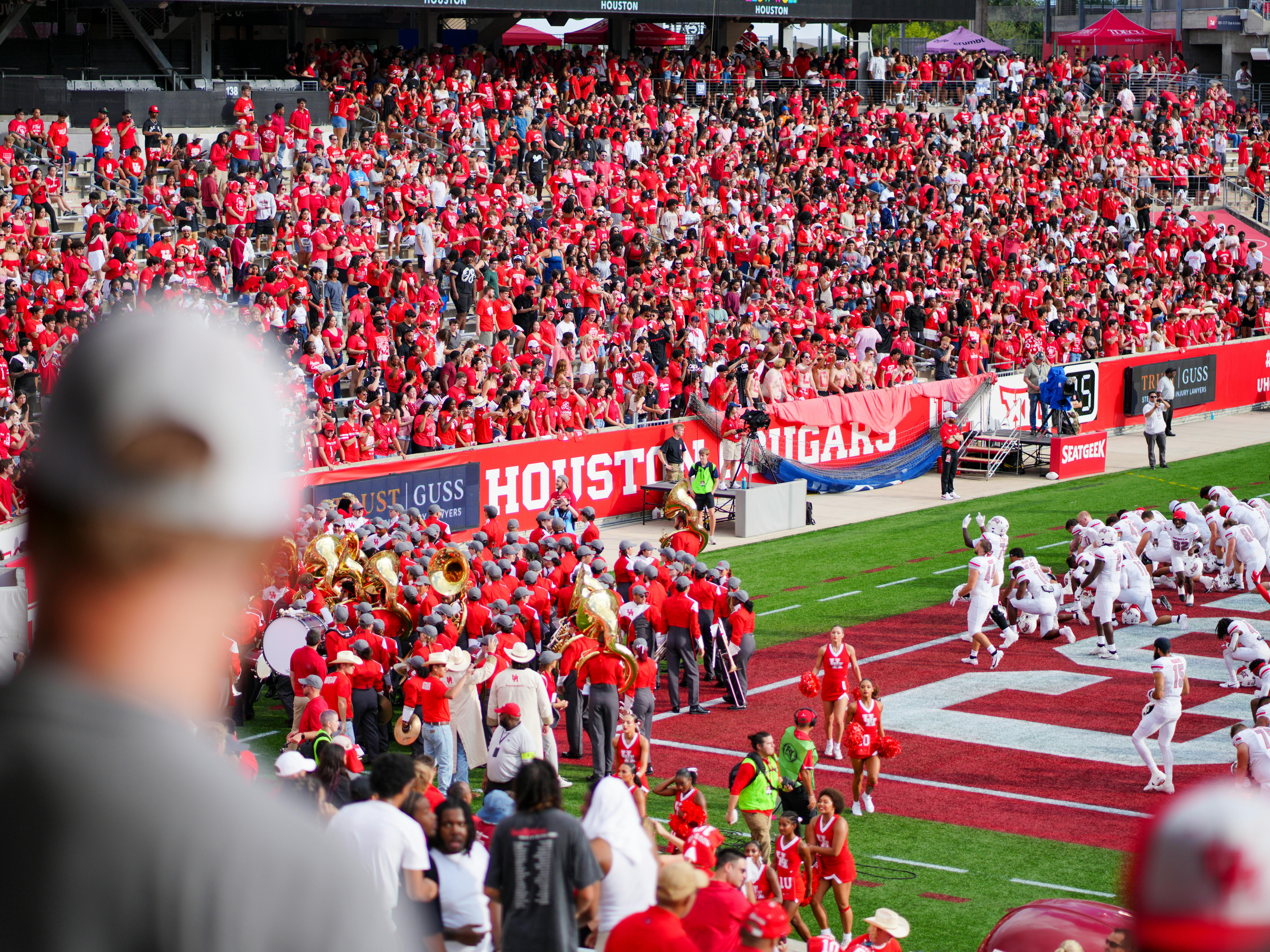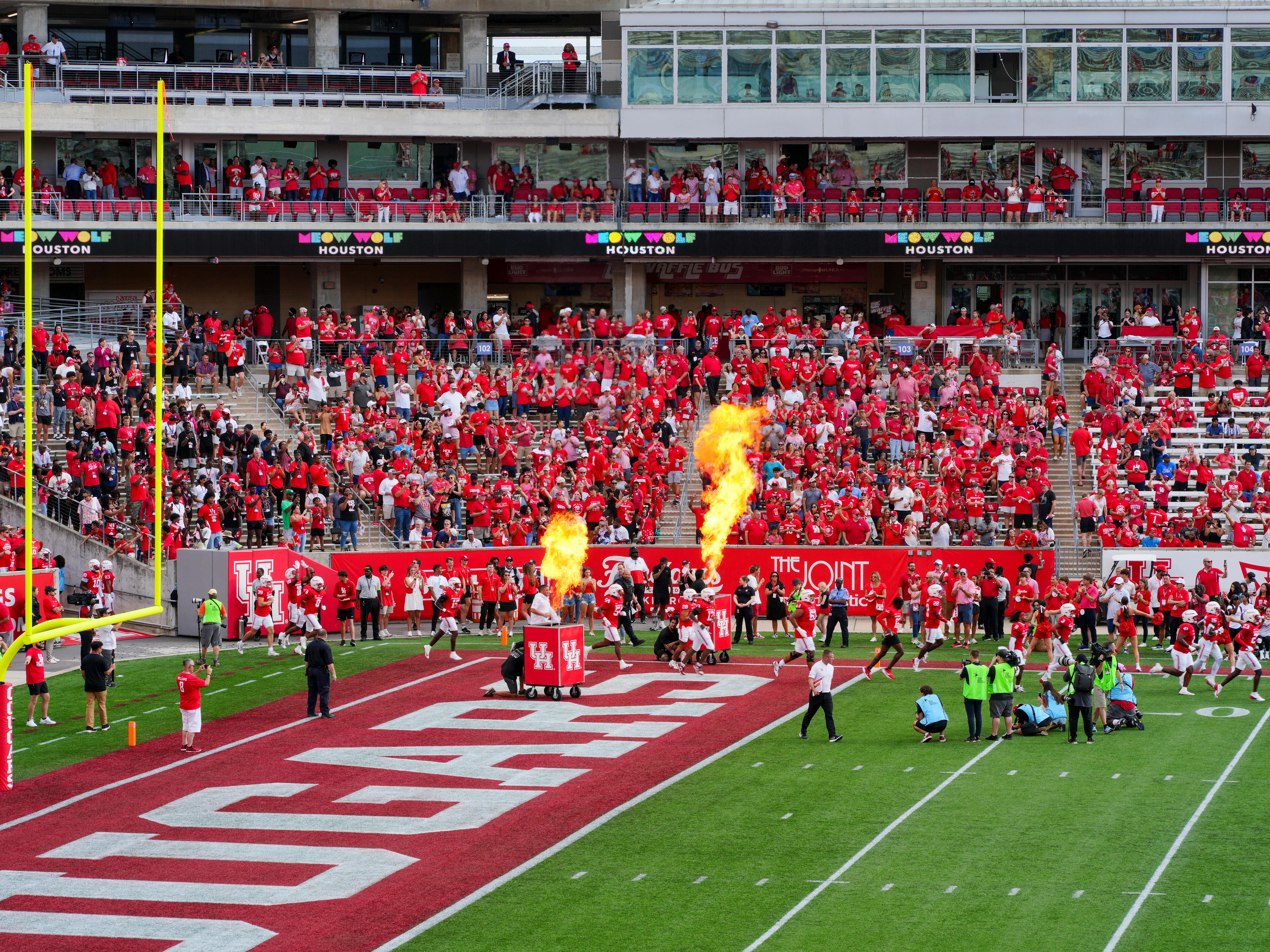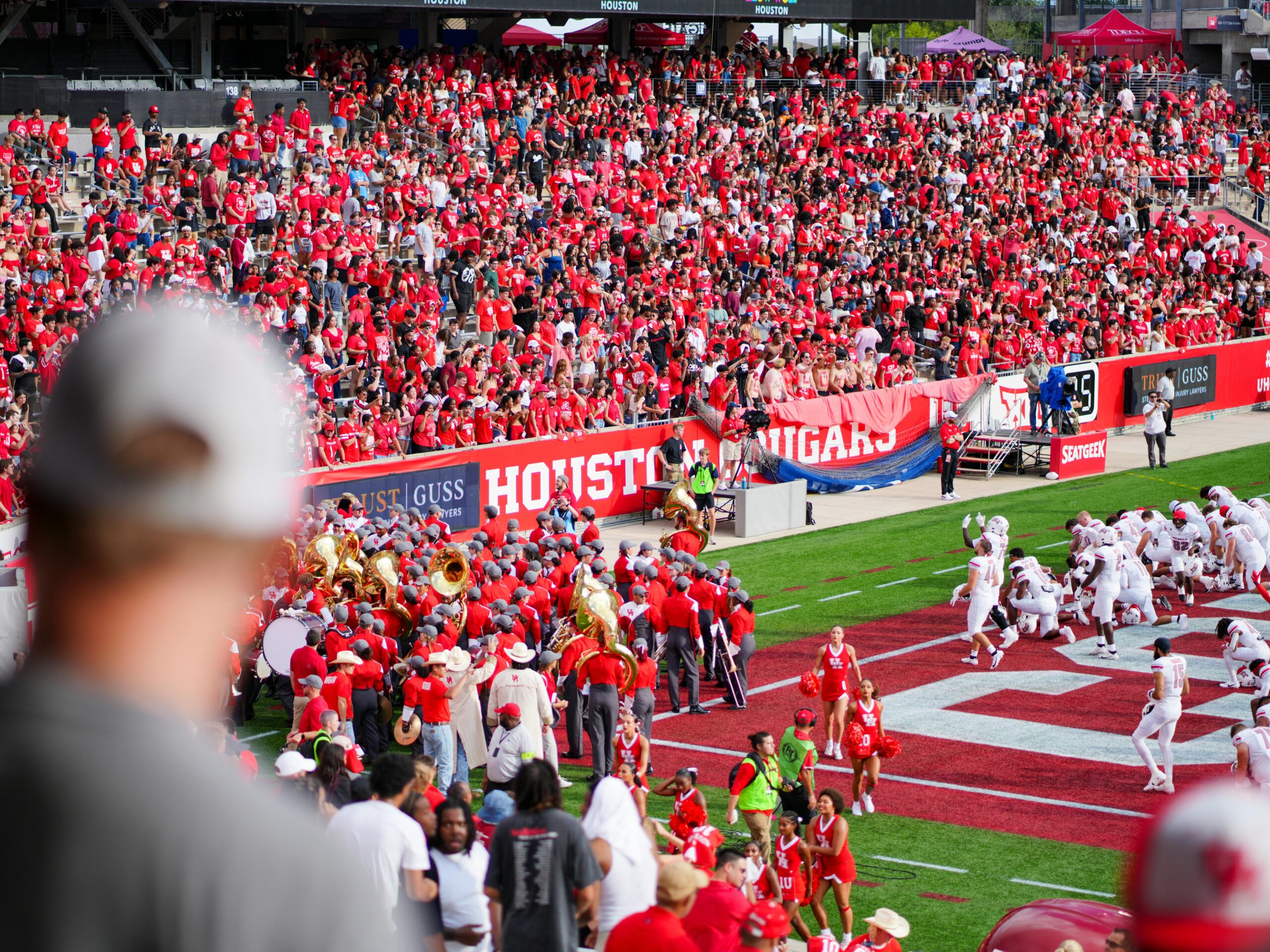Exploring Sports in Texas Charter Schools Today
Texas charter schools sports programs are gaining momentum as vital contributors to youth development and academic achievement. In a state passionate about athletics, these initiatives bridge gaps between education and physical excellence. This article explores the evolution, implementation, and future of sports in Texas charter schools—and why it matters for students, educators, and communities alike.

Understanding the Fundamentals
To fully appreciate the value of sports in Texas charter schools, it’s essential to understand what sets charter schools apart. Charter schools are publicly funded but independently operated, offering flexible curricula and innovative approaches to education. This independence extends to extracurricular activities, including sports programs.
These fundamentals are important because they allow charter schools to create customized sports offerings that reflect the needs and interests of their student populations. Think of it as tailoring a suit: one size does not fit all, and charter schools recognize that.
1.1 Charter School Autonomy and Sports Development
Charter schools have the freedom to design and implement unique sports curriculums. Unlike traditional schools, they aren’t bound by district mandates, enabling them to partner with community leagues, private coaches, or even professional teams. A 2023 study by the Texas Education Agency revealed that over 60% of Texas charter schools offer competitive sports, with basketball, soccer, and track being the most popular.
This autonomy allows schools to cultivate innovative sports programs—think yoga-based PE classes or esports leagues. However, a common misconception is that charter schools lack access to high-quality sports facilities. In reality, many charter schools lease or share facilities, ensuring students receive top-tier athletic experiences.
1.2 Academic Performance and Athletic Participation
While many view sports and academics as separate tracks, research proves the opposite. Students engaged in sports demonstrate improved time management, discipline, and academic performance. Texas charter schools sports initiatives have shown positive correlations with GPA, particularly in middle and high school students.
For example, IDEA Public Schools reports that student-athletes graduate at a rate nearly 20% higher than their non-athlete peers. Sports build grit—a vital skill for academic and life success—especially in charter schools serving underserved communities.
Practical Implementation Guide
Now that we understand the foundations, let’s explore how Texas charter schools can effectively build and sustain sports programs. Success begins with vision but hinges on strategic execution, resource alignment, and community support.

2.1 Actionable Steps
- Assess Student Interest: Conduct surveys or town halls to understand which sports students are passionate about. Prioritize sports that align with community culture.
- Secure Partnerships: Collaborate with local YMCA branches, school districts, or private training centers for facilities and coaching staff.
- Develop a Phased Rollout: Start with intramural programs, scale to inter-school competitions, then join leagues like the Texas Charter School Academic & Athletic League (TCSAAL).
2.2 Overcoming Challenges
Common challenges include limited budgets, staffing shortages, and transportation issues. But they’re not insurmountable:
- Funding: Seek grants from organizations like the Texas High School Coaches Association.
- Staffing: Offer stipends or part-time coaching roles to teachers or local athletes.
- Logistics: Coordinate ride-shares or work with local municipalities for bus access.
Experts also recommend involving parents in booster clubs and seeking corporate sponsorships for uniforms and equipment.
Advanced Applications
For charter schools already offering basic sports, the next step is enhancing quality and impact. Advanced applications include data-driven coaching, integration of wellness programs, and the use of tech tools to improve performance.

3.1 Performance Analytics and Coaching Software
Schools are increasingly turning to platforms like Hudl and Coach’s Eye to track athlete progress and improve strategies. These tools offer video analysis, player stats, and team communication—all in one place. IDEA Quest Academy, for instance, reduced injury rates by 15% after incorporating motion analysis into training routines.
3.2 Wellness and Academic Integration
Advanced programs link physical health with mental well-being. Some Texas charter schools now incorporate mindfulness training, nutritional counseling, and even academic tutoring into their sports schedules. This holistic model ensures balanced student growth and reduces burnout.
Future Outlook
The future of texas charter schools sports looks promising, with trends pointing toward specialization, inclusion, and innovation. Adaptive sports programs for students with disabilities are gaining traction, and virtual reality (VR) training is on the horizon.
Experts predict a 25% increase in charter school sports participation by 2030. Schools that invest early will be ahead of the curve—offering students not just education, but life skills through sport. Administrators should begin preparing now by expanding coaching staff, securing future funding, and integrating tech.
Conclusion
Three major takeaways: First, sports in Texas charter schools enhance academic and personal development. Second, flexible implementation strategies ensure access and equity. Third, advanced tools and holistic models take sports programs to the next level.
If you’re a school leader, now is the time to champion your athletics initiative. Start small, think big, and watch your student body thrive. Consider creating a task force or pilot program within your school to get started today.
Frequently Asked Questions
- Q: Are sports programs common in Texas charter schools? Yes, over 60% offer sports programs, especially in basketball, soccer, and track.
- Q: How do I start a sports program at my charter school? Begin by surveying student interest and securing partnerships with local sports organizations.
- Q: How long does it take to establish a full program? On average, 1-2 years depending on scale and resources, with quicker launches possible for intramural sports.
- Q: What are the costs involved? Costs range from $5,000–$50,000 annually depending on the sport, level, and equipment needs.
- Q: How do charter schools compare to public schools in athletics? Charter schools offer more flexibility but may lack dedicated facilities; partnerships help bridge that gap.
- Q: Is it hard to run a sports program? While challenging, it’s manageable with planning, community support, and phased implementation strategies.
- Q: Can sports help students beyond the field? Absolutely. Sports improve academic focus, teamwork, time management, and college readiness.
